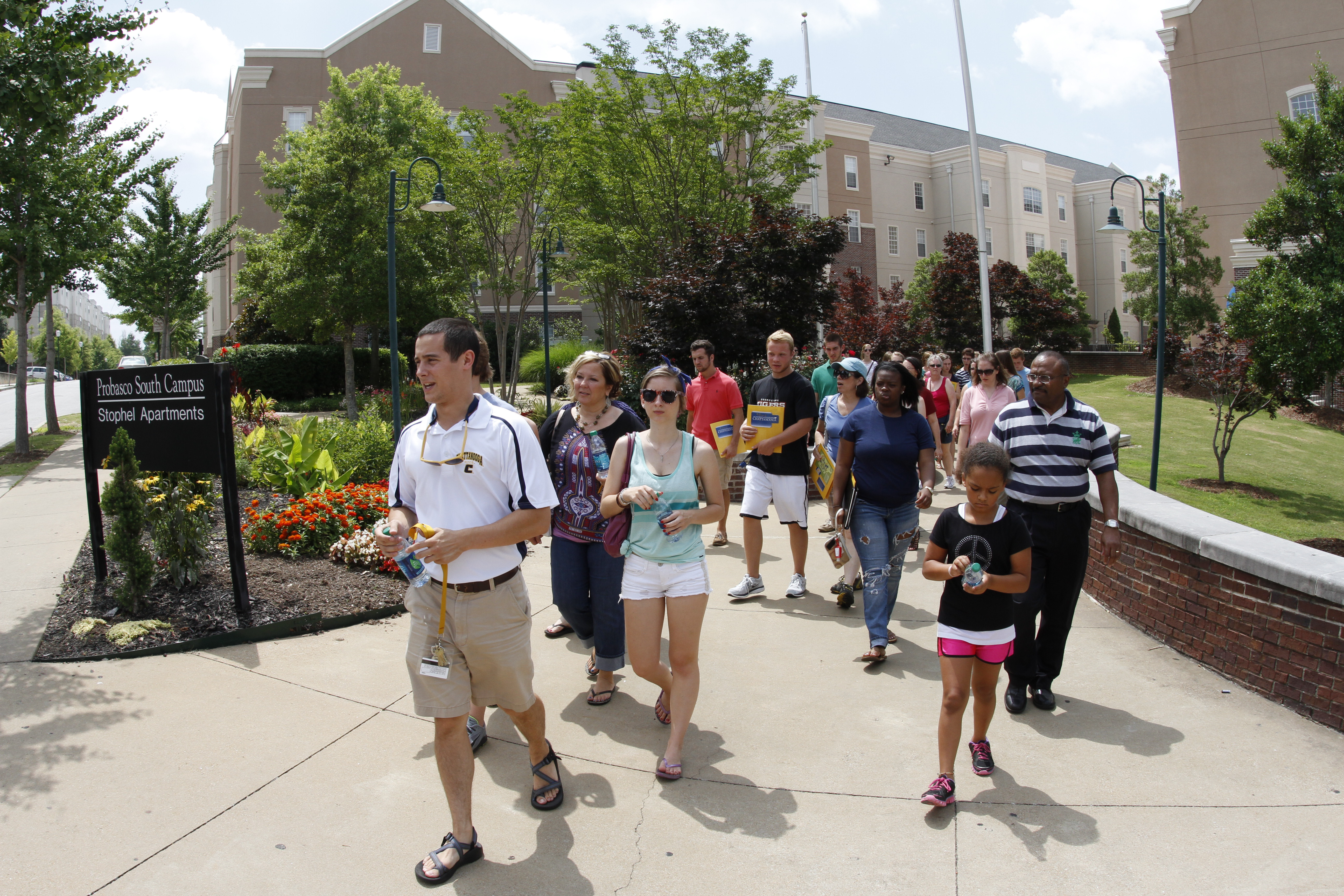Deadline nears for student loan deal
Friday, January 1, 1904
GOP HOUSE PLAN* For all Stafford loans: The 10-year Treasury interest rate, plus 2.5 percentage points. Rates capped at 8.5 percent.* For PLUS loans: The 10-year Treasury interest rate, plus 4.5 percentage points. Rates capped at 10.5 percent.* Interest rates change each year based on Treasury rate.OBAMA PROPOSAL* For Subsidized Stafford loans: The 10-year Treasury interest rate, plus 0.93 percentage points.* For Unsubsidized Stafford loans: The 10-year Treasury interest rate, plus 2.93 percentage points.* For PLUS loans: The 10-year Treasury Interest rate, plus 3.93 percentage points.* Interest rate is locked in for the life of the loan.
In 17 days, going to college could become more expensive.
Democrats and Republicans agree that the interest rate for government-backed college loans needs to change. The current rate -- 3.4 percent -- is too low, they say.
In the past month, both sides have presented plenty of ideas on how to tweak the rate. As of now, they haven't agreed on a solution. If they're in the same position July 1, the interest rate will automatically double to 6.8 percent. Lawmakers don't want that to happen, and so they continue to present ideas, and they continue to argue.
On May 23, House Republicans passed a bill similar to one pushed by President Barack Obama. But the Senate rejected that bill last week and thus far has not passed any other plan.
"There's no movement yet, and that's really frustrating," said Rep. Phil Roe, a Tennessee Republican and co-sponsor of the House bill. "The Senate knows when the first of July is. ... [Majority Leader] Harry Reid knows how this system works. He's been here longer than I have. If he would pass what the president wants, we can have a conference."
The college loan system is quite complex, and several types of loans could be affected in the coming weeks.
The loan most politicians have discussed is the Subsidized Stafford Loan. This is available to students if the cost of going to college is greater than the amount that student's family can provide. After college, the interest rate on this loan is 3.4 percent.
Another category of Stafford loans isn't subsidized. These loans aren't limited to low-income families, but the interest rate is twice as high, 6.8 percent -- the rate that subsidized loans will hit should lawmakers fail to reach a deal.
And then there are PLUS loans, which are available to graduate students, professional students and the parents of undergraduate students. Right now, these loans carry a 7.9 percent interest rate.
The federal government will give about $19 billion for PLUS loans this year, according to the Congressional Budget Office. It will give $28 billion for Subsidized Stafford Loans and $59 billion for Unsubsidized Stafford Loans.
The House bill would set interest rates on all three loan categories based on the U.S. economy. For both types of Stafford loans, the interest rate would be calculated by the 10-year Treasury interest rate plus 2.5 percentage points.
Under this plan, this year's interest rate would be about 4.4 percent, Roe said. But as the Treasury interest rate changes, so too would the loan's interest rate.
PLUS loan rates would equal the 10-year Treasury interest rate plus 4.5 percentage points.
Both loans would carry rate caps: No higher than 8.5 percent for Stafford loans or 10.5 percent for PLUS loans.
"[This plan] will create a permanent fix to student loan interest rates, putting an end to temporary fixes that turn student loans into a political football," Chattanooga Republican Rep. Chuck Fleischmann said in a statement Thursday. "I am hopeful that Democrats in the Senate will consider our proposal."
The president, however, has criticized the plan because of the fluctuating interest rates.
"The House bill isn't smart, and it's not fair," Obama said last month. "I'm glad the House is paying attention to [college loan interest rates], but they didn't do it the right way."
The president's plan would tie the interest rate to the U.S. economy. Subsidized Stafford Loans would equal the 10-year Treasury rate, plus 0.93 percentage points. Unsubsidized Stafford Loans would be 2.92 percentage points above the Treasury rate, and PLUS loans 3.93 percentage points above the Treasury rate.
But the rate would be fixed for the life of the loan instead of changing every year.
Also, unlike the House's bill, Obama's plan does not call for a rate cap. So in theory, there is no limit to how high the interest rate might go.
By increasing the rate from 3.4 percent, according to the Brookings Institute, Obama will push to prevent potential cuts to Pell Grants. Republicans, on the other hand, want to pay down the national deficit, Roe said.
Either way, both sides believe the 3.4 percent interest rate is too low, and a better solution needs to come as quickly as possible.
Said Roe: "I don't think we need to be playing chicken."
Contact Tyler Jett at tjett@timesfreepress.com or 423-757-6476.

